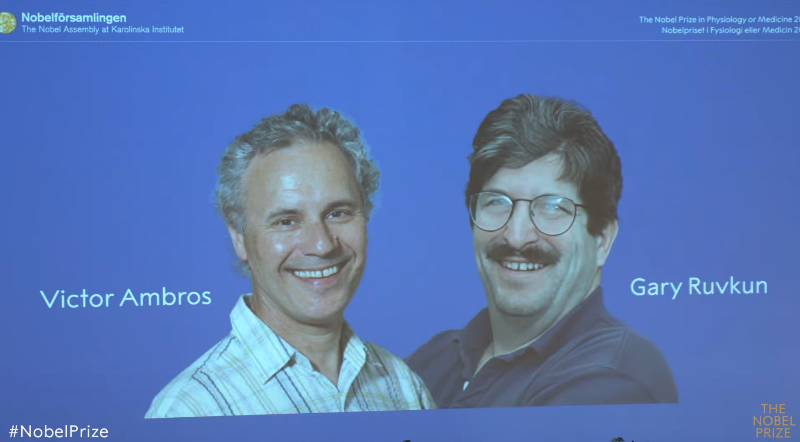by Karolinska Institutet
Credit: Pixabay/CC0 Public Domain
Over the past decade, the proportion of residents in Stockholm County who identify as bisexual has nearly doubled. The younger generations are driving the trend and many of them have previously identified as heterosexual.
This is according to a study published in JAMA Network Open by researchers at Karolinska Institutet in collaboration with the Center for Epidemiology and Community Medicine within Region Stockholm in Sweden. The paper is titled "Population Trends and Individual Fluidity of Sexual Identity Among Stockholm County Residents."
The researchers analyzed data from the Stockholm Public Health Cohort, covering more than 98,000 individuals from 2002 to 2021. The proportion of people identifying as homosexual has remained stable at around 1.7 to 2.0% over the past decade. However, between 2010 and 2021, the proportion of people identifying as bisexual increased from 1.6 to 3.1%, making it the largest sexual minority.
Most common in Generation Z
The findings reveal clear generational differences in sexual identity among residents in Stockholm County. Among those born in the early 1980s to mid-1990s, often referred to as Millennials or Generation Y, 7.8% identified as homo- or bisexual in 2021. The corresponding figure for those born in the mid-1990s to early 2010s, Generation Z, was 12%.
"This mirrors trends observed in the U.S. since 2016 and suggests that younger generations are much more likely to identify as bisexual," says Willi Zhang, postdoctoral researcher at the Department of Global Public Health at Karolinska Institutet.
"Given the generation effects, the bisexual population is likely to keep growing, and this group is at increased risk of ill health and discrimination. Our study therefore emphasizes the need for targeted public health interventions."
Sexual identity can be fluid
The study also highlights the fluidity of sexual identity. A sub-analysis showed that almost 16% changed their sexual identity at least once between 2010 and 2021. Another sub-analysis showed that bisexual individuals were the most likely to experience such changes, with around half of those identifying as bisexual in 2021 having previously identified as heterosexual in 2010.
"Our results challenge the conventional belief that sexual orientation is fixed throughout life," says Zhang. "We want to continue investigating whether people experiencing changes in their sexual identity are more vulnerable to health risks."
The researchers also plan to investigate health disparities between individuals of different sexual orientations over time and how this has been affected by Sweden's legalization of same-sex marriage in 2009.
More information: Population Trends and Individual Fluidity of Sexual Identity Among Stockholm County Residents, JAMA Network Open (2024). DOI: 10.1001/jamanetworkopen.2024.47627. doi.org/10.1001/jamanetworkopen.2024.47627
Journal information: JAMA Network Open
Provided by Karolinska Institutet







Post comments